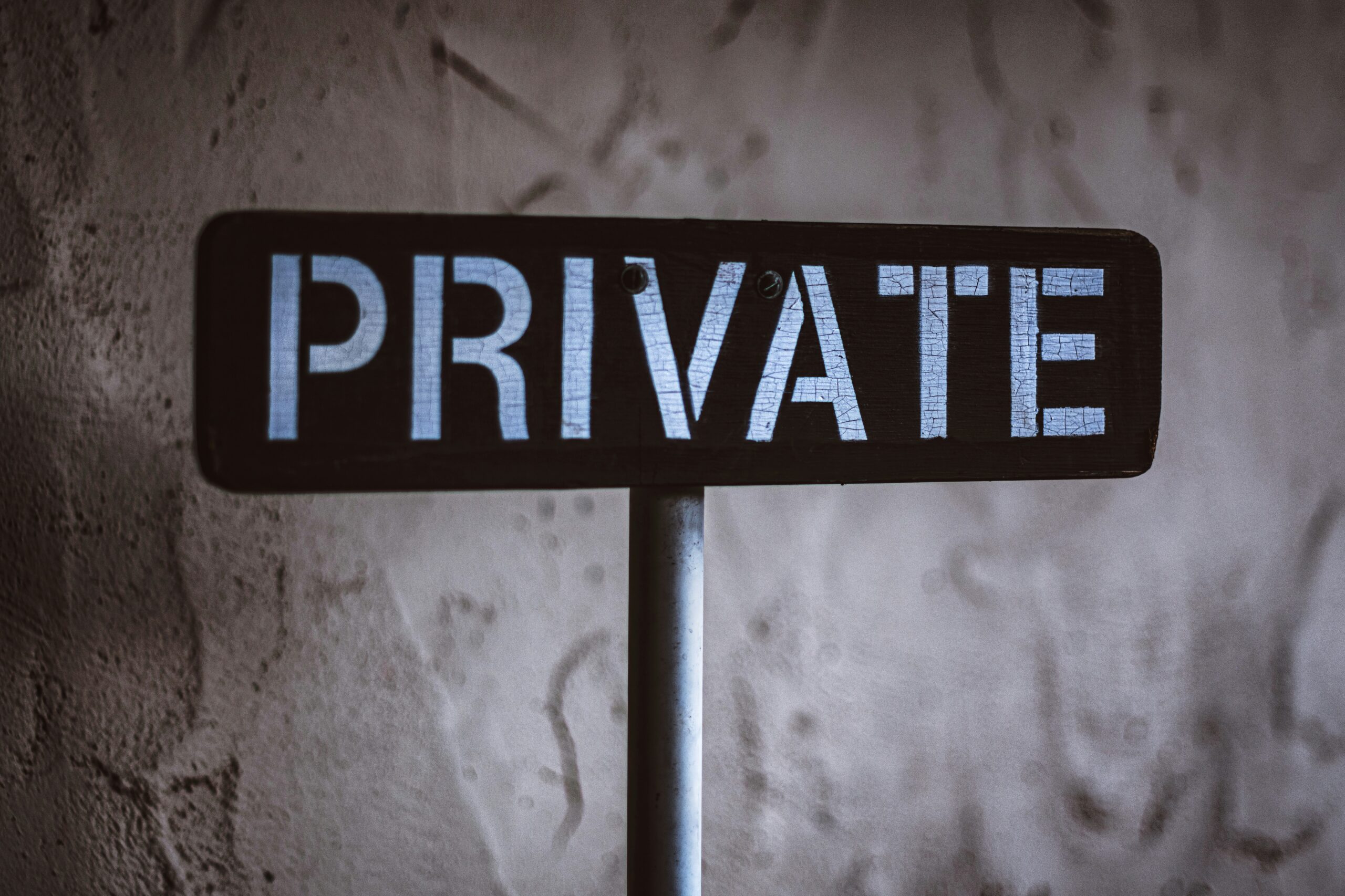
In an age where digital intimacy is commonplace, it’s vital to know how to safeguard your sensitive images. A study revealed a surprising statistic: 76% of Americans aged 18 to 24, regardless of gender, have shared nude images. This trend isn’t confined to the younger demographic; 53% of individuals over 45 have done the same.
Our goal is not to pass judgment but to equip you with strategies to protect and conceal your images effectively if you ever take them.
1. Securing Your Photos: Essential Strategies
Granting access to your private photos can lead to unwanted and lasting consequences. There are two primary methods to safeguard these images: hiding them on your device or using secure cloud storage.
Concealing Images on iPhone
- Navigate to Photos.
- Choose the photo or video to hide.
- Click the Share button, then select Hide.
- Confirm your choice to hide the item.
These items will move to a “Hidden” album. While they won’t appear in your camera roll, they can still be accessed in the Hidden album. For additional security, disable the Hidden Album in Settings > Photos.
Securing Images on Android
For Samsung devices, utilize the Secure Folder, which is accessible via Settings > Biometrics and Security. This folder offers additional security through fingerprint unlocking.
2. Secure Cloud Storage Solutions:
When selecting a cloud service for sensitive photos, prioritize those with robust encryption and password protection. Here are some recommended services:
- Sync
- Free up to 5 GB
- Paid plans start at $8/month for 2 TB
Sync provides end-to-end encrypted storage, ensuring only the account owner can access their data. Additional features include two-factor authentication and remote wipe capabilities.
- pCloud
- Free up to 10 GB
- Paid plans begin at $47.88/year for 500 GB
pCloud boasts client-side encryption and has even issued a challenge to hackers to breach its security, offering a $100,000 reward.
- Icedrive
- Free up to 10 GB
- Paid plans from $4.99/month
Icedrive stands out with its desktop software, allowing seamless cloud storage management and employing the Twofish encryption algorithm.
- Google Photos Locked Folder
- Free up to 15 GB
- Additional storage at $1.99/month for 100 GB
Google Photos offers a Locked Folder feature, particularly useful for storing images directly from your device’s camera.
- Tresorit
- Starting at $10.42/year for 500 GB
Tresorit provides end-to-end encryption and secures file-sharing options, ideal for sensitive image storage.
3. Anonymizing NSFW Photos: Key Tips
- Exclude Identifiable Features: Avoid capturing your face or unique identifiers like tattoos in your photos.
- Disable Location Services: This prevents metadata, including location, from being attached to your photos.
- Avoid Recognizable Backgrounds: Steer clear of distinctive locations, especially those you frequently share on social media.
- Turn Off Automatic Syncing: This is crucial if you don’t fully trust your cloud service.
- Use Secure Messaging Apps: Platforms like WhatsApp and Telegram offer end-to-end encryption.
- Use a VPN: A VPN encrypts your online activities, protecting your photos on public Wi-Fi networks.
ForestVPN: Your Digital Shield
Utilizing a VPN service like ForestVPN can significantly enhance your digital privacy, especially when handling sensitive images. It encrypts your internet connection, shielding your online activities from prying eyes.
4. Additional Safety Measures:
- Password Protection: Use strong, unique passwords for all your devices and cloud accounts.
- Regular Backup: Regularly back up your photos to a secure location.
- Awareness of Phishing Scams: Be vigilant about phishing attempts that could compromise your data.
- Software Updates: Keep your devices updated with the latest security patches.
- Use Encrypted File Formats: Consider storing images in encrypted file formats for added security.
Conclusion:
Safeguarding your private photos in the digital age requires a combination of secure storage practices, vigilant personal security measures, and awareness of the technological tools at your disposal. By following the guidelines provided in this comprehensive guide, you can significantly enhance the safety and privacy of your sensitive images if you ever take them.
Public internet access vpn
FAQs for Enhanced Understanding
Are cloud services always safe for storing sensitive images?
Not all cloud services are equal. Choose ones with robust encryption and privacy policies.
How does a VPN contribute to the security of my photos?
A VPN encrypts your internet connection, making it difficult for others to intercept or access your data.
Is storing sensitive photos on my phone safe?
It's relatively safe if you use features like secure folders and disable auto-sync and location services.
Stay Safe On The Internet With ForestVPN
Character Count: 6127
Meta Description: Discover comprehensive strategies for protecting your sensitive images on various devices and cloud storage services, ensuring your privacy and security.
Search Engine Excerpt: Learn how to safeguard your private images with our in-depth guide, featuring device-specific tips and recommendations for secure cloud storage.

